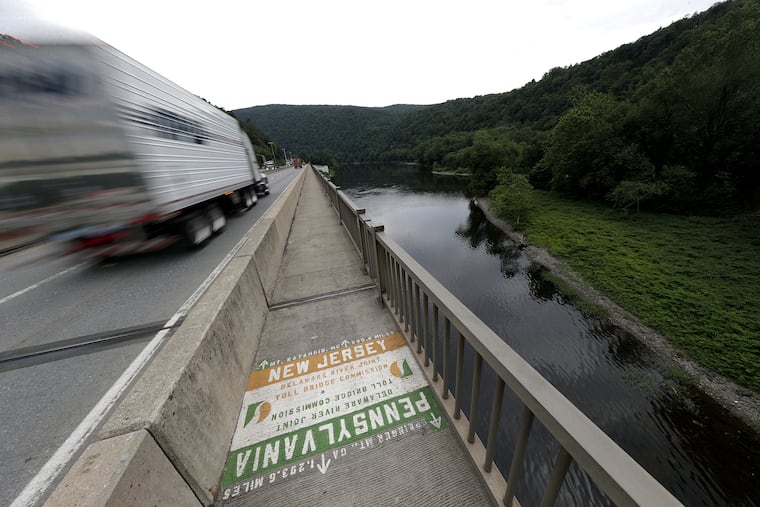Appalachian Trail group asks hikers to postpone their grand plans again because of the pandemic
Because of COVID-19, the Appalachian Trail Conservancy said it will not recognize thru-hikes on the famous trail this year.

Hiking the Appalachian Trail from Georgia to Maine is a life changer for anyone who’s completed the 2,193-mile journey. The nonprofit that manages the trail is hoping eager hikers all change their mind about hiking this year out of COVID-19 concerns.
Just like last year.
“Our advice, as long as the pandemic is raging and vaccines aren’t widely available, and the CDC hasn’t given us the all-clear signal, we’re recommending that long-distance hikes not be taken on the AT,” Morgan Sommerville, the Appalachian Trail Conservancy’s regional director, told the Asheville Citizen Times.
Sommerville told the newspaper that nearly 2,000 hikers had already registered for the 2021 thru-hike, but there would be no official recognition of its completion by the nonprofit. Most hikers travel northbound on the trail, from its start on Springer Mountain in Georgia to its culmination on Mount Katahdin in Maine’s Baxter State Park, a trip that can take up to seven months.
Pennsylvania accounts for 232 miles of the trail.
Local hiking enthusiasts believe the reactions will be mixed among outdoor enthusiasts.
“There’s people who are going to be cautious and heed the recommendation, and there’s going to be people who will go anyway,” said Joe Neville, director of the Keystone Trails Association, a nonprofit aimed at protecting trails and promoting hiking in Pennsylvania.
While outdoor activities such as hiking and cycling have been promoted as a safer way to exercise and gather in small groups, the Appalachian Trail has specific traditions that make it less safe during a pandemic: Unlike America’s other, long-distance trails, the AT has 250 shelters where hikers often cram together for a night’s rest.
“Sometimes they’re packed in there like sardines,” said Cindy Ross, an outdoors author who lives near the trail in Pennsylvania. “On the Pacific Crest Trail, there’s about three shelters.”
Neville said the conservancy was more stern about its recommendations last year, but said people were still eager to get out of their houses during the early days of the pandemic. While the AT may have seen less thru-hikers, the number of day-trippers seemed to skyrocket.
“There were a lot of hikers here during the weekends, during the summer,” said Jeffrey Kirkhoff, president of the borough council in Duncannon, Perry County. “The trailhead parking lot was packed.”
While there was a concern that an Appalachian Trail shutdown would affect trail towns that count on hikers spending money, Kirkhoff said those weekenders seemed to even things out.
Kirkhoff said the increased number of hikers, many of them new, did require five rescues at Hawk Rock, a popular overlook above Duncannon.
“There’s a lot of years where we have zero rescues,” he said.
In the town of Delaware Water Gap, along the AT in Monroe County, Chuck Cooper, owner of Edge of the Woods Outfitters, wasn’t concerned about a slow thru-hiking year because of his location on the river.
“It’s a shame but that’s their decision,” Cooper said of the conservancy. “I think everyone will go with it.”